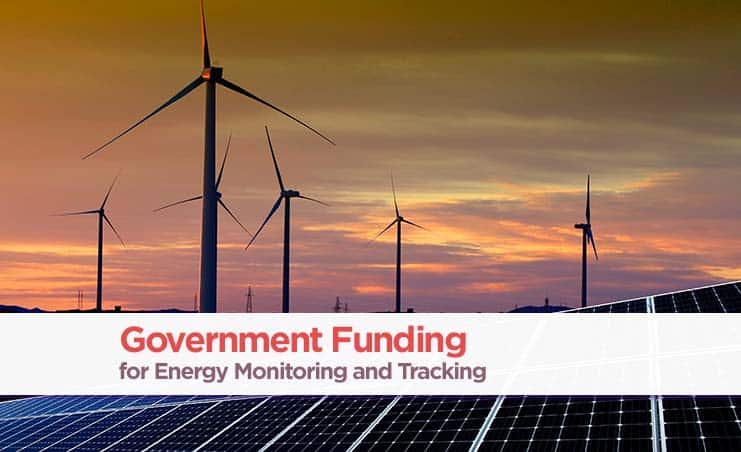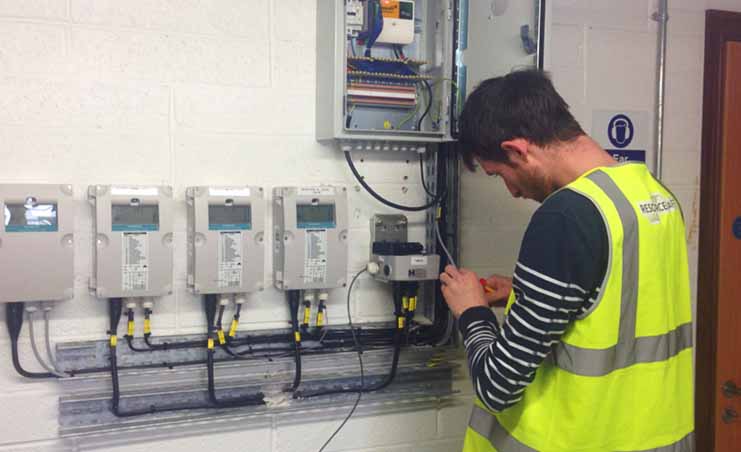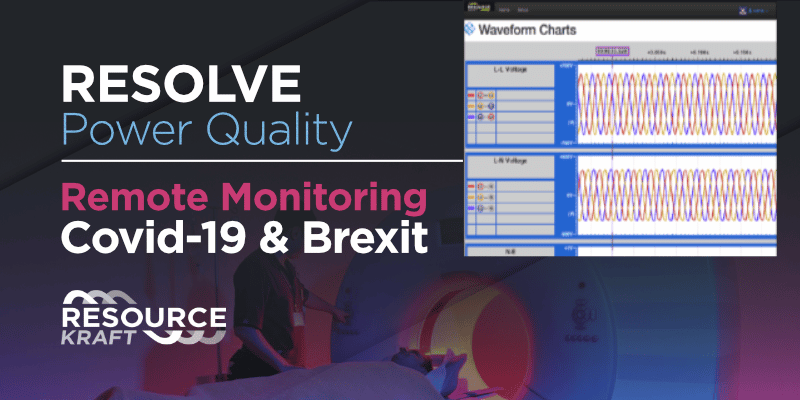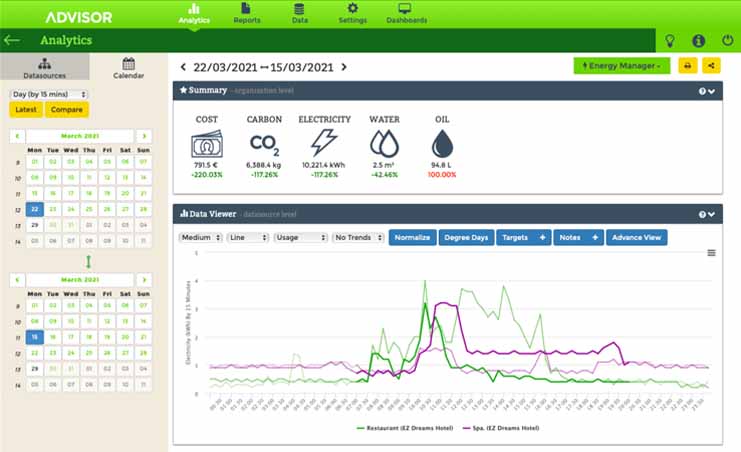The Measurement and Verification process should provide a record of savings made in a project and is commonly used in the validation of savings delivered by energy conservation measures (ECMs). This may be required to provide an auditable process to prove savings to the financiers of the project, such as your organisations Financial Controller, the finance house, energy performance contractor, Utilities/State agencies for grants, or other stakeholders.

Before starting any project, it is essential to establish benchmarking and provision a comprehensive automated measurement system ahead of the ECM implementation through to the final M&V reports. Investing in energy management information system (EMIS) such as ResourceKraft Advisor at this stage will provide the automated measurement along with the analytical and reporting tools needed.
M&V is the process of using measurement to reliably determine actual savings created within an individual facility by an energy management program. Savings cannot be directly measured since they represent the absence of energy use. Instead, savings are determined by comparing measured use before and after implementation of a project, making appropriate adjustments for changes in conditions. It will include how to isolate savings generated by the proposed ECMs. To maintain integrity of the process, use high quality meter data to attain the highest possible accuracy. It is extremely important that nothing is taken for granted. Existing or new metering should always be validated for accuracy before benchmarking. It is commonplace for meters to be installed incorrectly, particularly check and sub-meters, yet even utility meters. Once this is done, have the meters connected to your EMIS system for long term periodic reporting to the highest accuracy, to ensure persistence of savings beyond the M&V plan duration.
IPMVP:
The International Performance Measurement and Verification Protocol (IPMVP) is a particular process that provides current best practice techniques available for verifying results of energy efficiency and is recommended by energy efficiency authorities such as the US Department of Energy and the SEAI of Ireland.
Persistence of Saving:
An organisation which has improved its energy efficiency should always ensure systems are in place to avoid lapses in performance. It should also utilise the benefits of continuous monitoring and reporting so unrelated incidents of avoidable energy waste do not pass unchallenged.
Persistence of energy savings can be achieved by completing follow-on efforts that build on M&V, such as engaging the larger organisation in a campaign of better energy management and the implementation of ISO 50001. Your Advisor EMIS will become the key tool for these programs, providing the key performance metrics, reporting and engagement platforms required informing management decisions and staff awareness.






